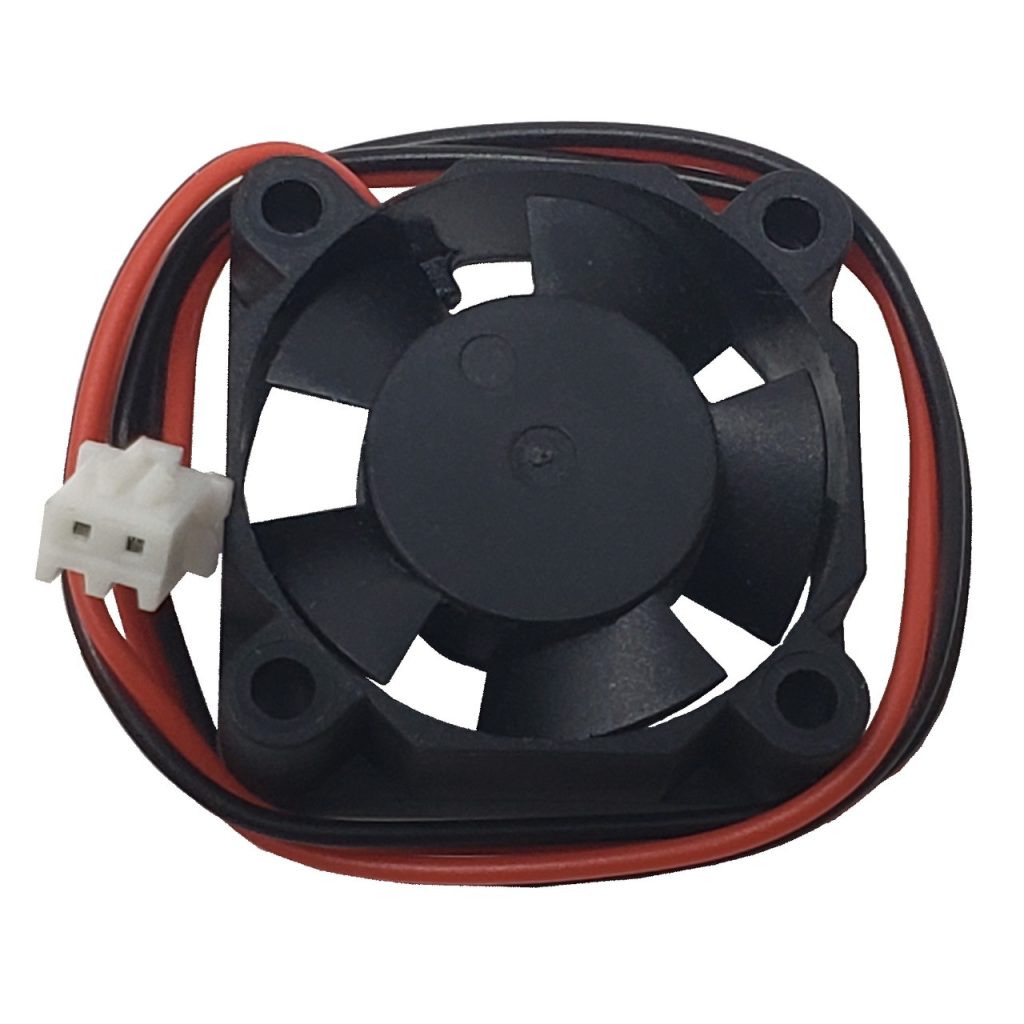Cooling systems have significantly advanced through the synergistic use of DC Direct Current and PWM Pulse Width Modulation fan technologies, creating solutions that optimize both performance and efficiency. DC fans offer reliable airflow with simple voltage control, making them ideal for maintaining consistent cooling under steady thermal loads. Meanwhile, PWM fans provide precise speed regulation by varying the duty cycle of the power signal, allowing dynamic adjustment to temperature fluctuations. When combined, these two types of fans complement each other by leveraging their unique strengths, resulting in a more versatile and responsive cooling system. One of the key advantages of integrating DC and PWM fans lies in their ability to balance energy consumption and cooling output. DC fans tend to operate efficiently at fixed speeds, offering stable airflow with minimal complexity, which helps reduce power draw during normal operating conditions. PWM fans, on the other hand, excel in fine-tuning fan speeds to meet sudden increases in thermal demand, such as during high CPU or GPU workloads.

This modulation not only prevents overheating but also minimizes noise by avoiding unnecessary high-speed operation. By coordinating these fan types, cooling systems can achieve optimal thermal management while conserving energy. The combined approach also enhances noise control, a critical factor in modern electronics and computing environments. DC fans running at a constant speed generate a predictable acoustic profile, which is generally less intrusive when properly selected for the application. PWM fans contribute to noise reduction by enabling gradual speed changes rather than abrupt jumps, pwm vs dc fan smoothing out sound fluctuations that might otherwise be noticeable. Together, the fans create a quieter environment by allowing low-speed operation during light loads and ramping up only when necessary, thus catering to user comfort without compromising cooling effectiveness. Furthermore, maintenance and system longevity benefit from this hybrid fan setup.
The steady operation of DC fans reduces wear from frequent speed changes, while PWM fans’ precise control limits excessive strain caused by constant high-speed running. This balance extends the lifespan of both fans and the components they cool by preventing thermal stress and mechanical fatigue. The integration also simplifies troubleshooting and upgrades, as each fan type can be replaced or adjusted independently to meet evolving cooling requirements. In addition, the flexibility offered by using both DC and PWM fans facilitates diverse applications across various industries. From personal computing and gaming rigs to industrial equipment and telecommunications, the ability to tailor cooling performance precisely to the needs of different environments ensures that devices remain within safe temperature ranges. This acdcecfan adaptability is especially important as electronic components become smaller and more powerful, necessitating innovative cooling strategies that can handle complex heat dissipation profiles efficiently. The synergy between DC and PWM fan technologies represents a significant step forward in cooling system design.